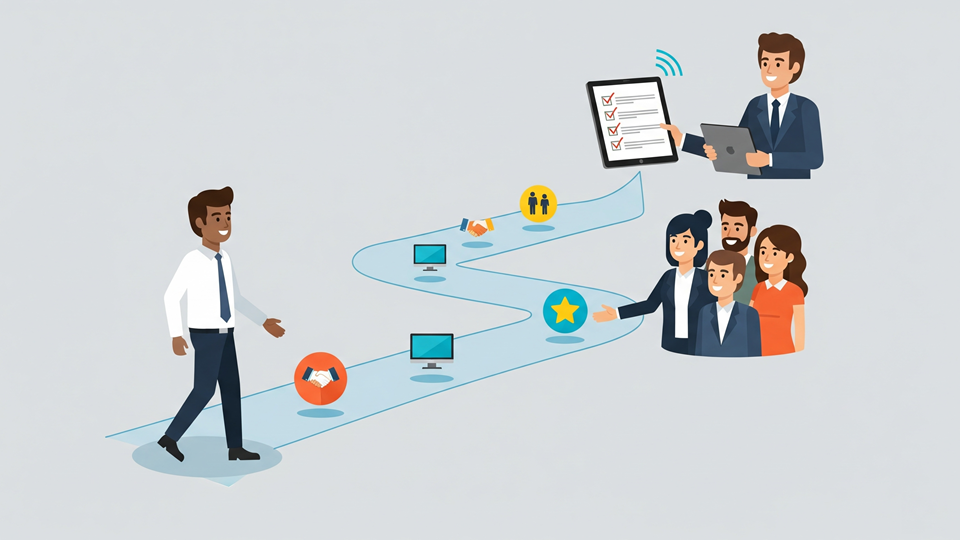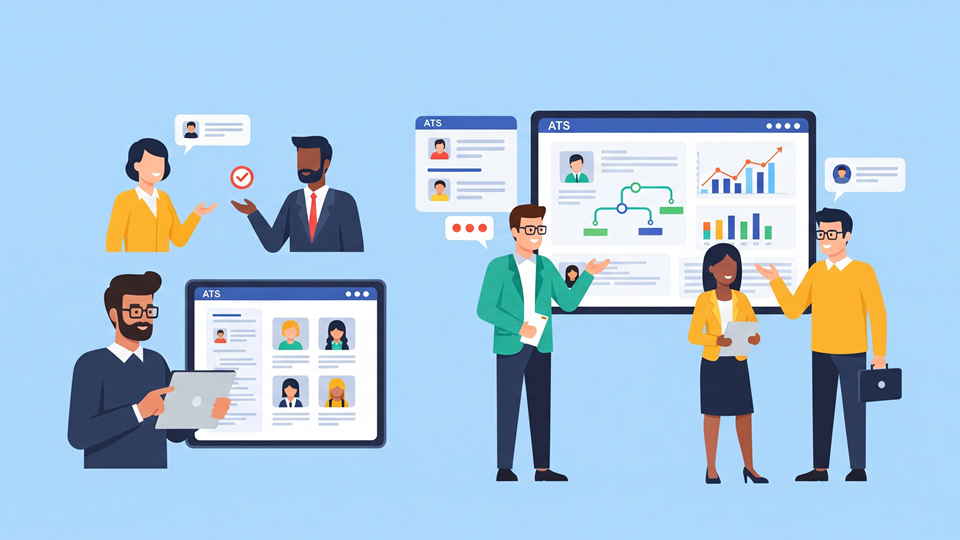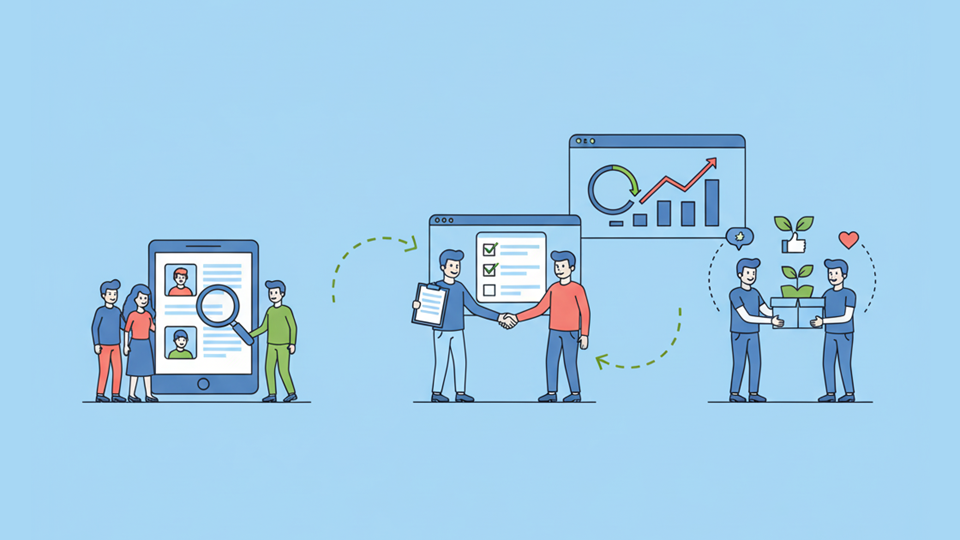Introduction
Employee onboarding has always been crucial, but in the hybrid era—where some employees work in-office while others are remote—it has taken on new complexity. Companies now face the challenge of creating a consistent, engaging, and supportive onboarding process that bridges digital tools with human connection.
Why Onboarding Matters
According to Gallup, organizations with strong onboarding processes improve new hire retention by 82% and productivity by over 70%. Effective onboarding ensures employees feel welcomed, supported, and aligned with company culture from day one. Without it, turnover risk increases dramatically.
Challenges of Hybrid Onboarding
1. Unequal Experiences
Remote employees often feel disconnected compared to those who meet colleagues in person. A fragmented experience can affect engagement and performance.
2. Overreliance on Technology
While digital platforms like Zoom, Slack, and Microsoft Teams are essential, relying solely on them can make onboarding feel impersonal and transactional.
3. Maintaining Culture
Culture is harder to transmit virtually. In a hybrid context, managers must be intentional about embedding values, rituals, and team identity into onboarding.
Strategies for Blending Digital and Personal Touch
1. Pre-Onboarding with Digital Tools
Send new hires digital welcome kits, access to an onboarding portal, and introductions via video before their first day. This creates excitement and reduces first-day anxiety.
2. Hybrid Welcome Sessions
Combine in-person gatherings for local employees with livestreams for remote staff. Ensure remote participants can interact, ask questions, and not feel like observers.
3. Assign Buddies or Mentors
Pair each new hire with a colleague who checks in regularly. Virtual coffee chats or office meetups help build authentic relationships and support networks.
4. Mix Learning Formats
Use e-learning modules for compliance and technical training, but supplement them with live sessions, group discussions, and Q&A to humanize the process.
5. Celebrate Milestones
Mark achievements like completing training or the first 30 days. Hybrid celebrations can include digital shout-outs, mailed company swag, or a shared lunch voucher.
Examples of Hybrid Onboarding in Action
For instance, LinkedIn redesigned its onboarding program by using digital platforms for global training while ensuring every new hire had a mentor. Similarly, Shopify sends remote employees physical welcome boxes with branded items, making them feel part of the culture immediately.
Measuring Success
Key Metrics
- New hire retention rate (after 90 days and 1 year)
- Time to productivity
- Employee satisfaction surveys
- Engagement scores
Tracking these metrics helps refine the onboarding experience and identify gaps between digital and personal engagement.
Conclusion
Onboarding in the hybrid era requires intentional design. By combining digital efficiency with human interaction, companies can create a seamless experience that makes employees feel valued from day one. The result is stronger engagement, higher retention, and a thriving workplace culture that transcends physical boundaries.





